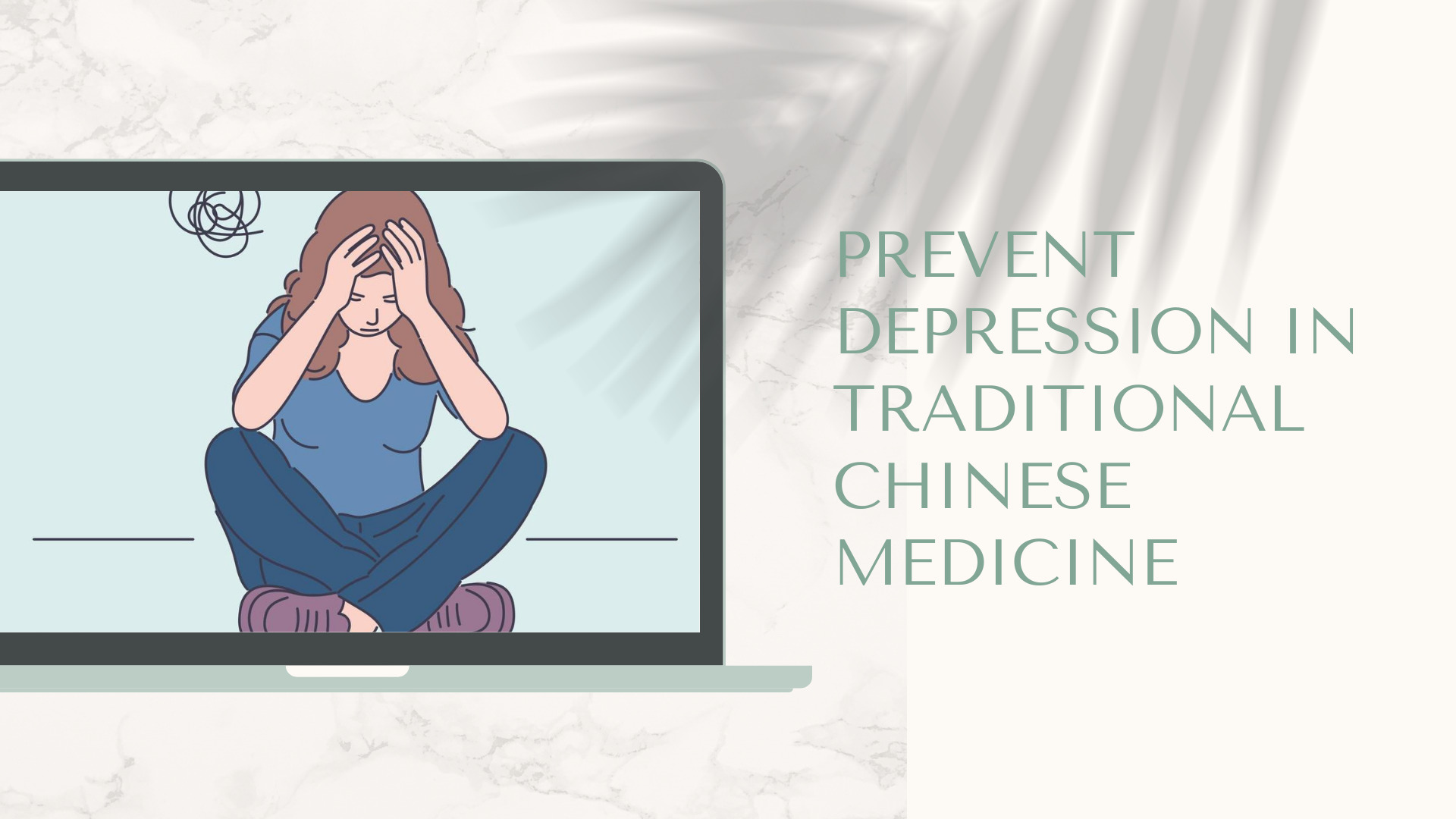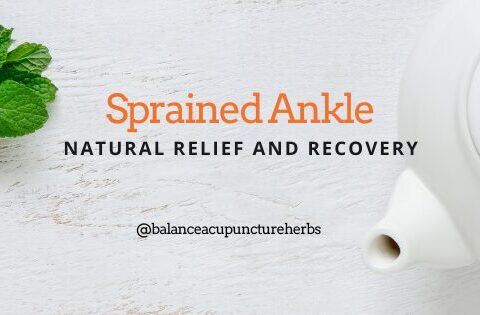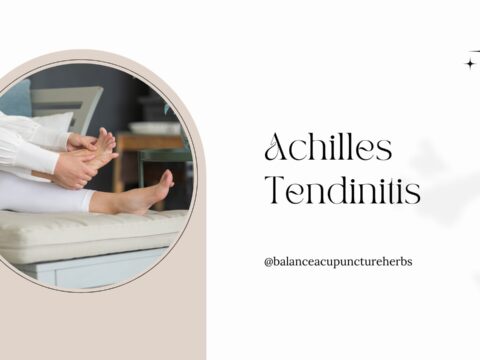
How to prevent depression in Traditional Chinese medicine?
June 4, 2021
What can Chinese medicine help with Sciatica?
June 27, 2021|
Getting your Trinity Audio player ready...
|
TCM Treatment of Frozen Shoulder
Frozen shoulder is also called arthritis of the shoulder. The shoulder pain is gradually developed, especially at night, and gradually aggravated. The movement function of the shoulder joint is restricted and progressively worsened. After reaching a certain level, it slowly relieves until the final recovery is the primary manifestation of the shoulder joint capsule and its surrounding ligaments, tendons, and tendons—chronic specific inflammation of the bursa. Frozen shoulder is a common disease with shoulder joint pain and inconvenience as the main symptoms.
Let’s take a look at the name of “frozen shoulder.” Clinically, patients are mostly around 50 years old, so it is also called “fifty shoulders.” Due to the stiffness of the shoulder joint during the disease process, the movement is restricted; it is also called “frozen shoulder” and “shoulder coagulopathy.” It is also called “shoulder leakage” because the shoulders are often cold, and the pain is aggravated. These names can reflect the characteristics of frozen shoulder. As the research on the frozen shoulder was observed from different angles, found various pathological changes. Put numerous etiology theories forward, frozen shoulder is a syndrome of shoulder joint pain and movement disorders, and “low back and leg pain” Similarly, it is a fuzzy concept, not a single disease, but a transitional stage of understanding. From the perspective of development, further research is needed, from faint to precise, to determine a single diagnosis and target treatment to improve the efficacy.
What are the clinical manifestations of frozen shoulder?
- Shoulder pain: At first, there was paroxysmal pain in the shoulder, most of which are chronic. Later, the pain gradually intensifies or dull, or knife-like pain, and it is continuous. The pain can be directed to the neck and upper limbs (especially the elbows) spread. When the shoulder is accidentally bumped or stretched, it can often cause severe tear-like pain. Shoulder pain is light in the daytime, and more pain at night is a significant feature of the disease. If the pain is caused by cold, those who suffer are susceptible to climate change.
- Restricted movement of the shoulder joint: Can restrict joint shoulder movement in all directions such as lifting, internal rotation, and external rotation. As the disease progresses, the joint capsule and soft tissues around the shoulder may be adhered to due to long-term disuse. The gradual decline in muscle strength, coupled with factors such as the fixation of the coracohumeral ligament in the shortened internal rotation position, restricts the active and passive movements of the shoulder joint in all directions, especially the activities such as combing the hair, dressing, washing the face, and akimbo. In severe cases, the function of the elbow joint may also be affected. When elbow flexion, the hand cannot touch the shoulder on the same side, significantly when the arm is extended backward.
- Can’t tolerate cold: Many patients use cotton pads to wrap their shoulders all year round. Even in the summer, they dare not blow air on their shoulders.
- Muscle spasm and atrophy: the muscles around the shoulders, such as the deltoid muscle and supraspinatus muscle, may have a spasm early, and disuse muscle atrophy may occur in the late stage with acromion protrusion, inconvenience in lifting, and inability to stretch back. At this time, the pain symptoms are instead Lighten up.
- X-ray examination: visible calcification. MRI: Sometimes, a torn rotator cuff can be seen.
Treatment
Acupuncture treatment for frozen shoulder has a good effect. Early treatment can relieve pain and speed up recovery and shorten the course of the disease.
Commonly used acupoints: LI15, SJ 14, SI9, LI14, EX-UE12.
Chinese Herbal medicine: Sanbi Decoction and Shentong Zhuyu Decoction.
Health care
- Pay attention to cold and warm.
- Because of the natural climate change, including cold air, cold and moisture continuously invade the body, cause muscle tissue and small blood vessels to contract, muscle tissue is stimulated, and spasm occurs, which aggravates the pain and prolongs the course of the disease. Therefore, it is imperative to prevent frozen shoulders in daily life, especially to avoid cold shoulders.
- Strengthen functional exercises
- For frozen shoulders, should pay special attention to joint exercises. You can often use Tai Chi and Tai Chi swords or perform activities such as hanging arms, swinging hands, scorpion climbing walls, and pulling hands behind the body at home, but pay attention to the amount of exercise. It should be done step by step, with the amplitude from small to large and the movement from slow to fast.
- Correcting bad postures
- Those who often desk and shoulder abduction work should pay attention to adjusting their postures to avoid chronic strain and cumulative injuries caused by long-term bad postures.
If you want surgery-free treatment, acupuncture and herbal medicine would be your best choice.
Read More:
Catch a Cold? What Can You Do About It?
Chronic Fatigue Syndrome-Could You Have ME/CFS?
During an acupuncture treatment, is the pain good or not?




